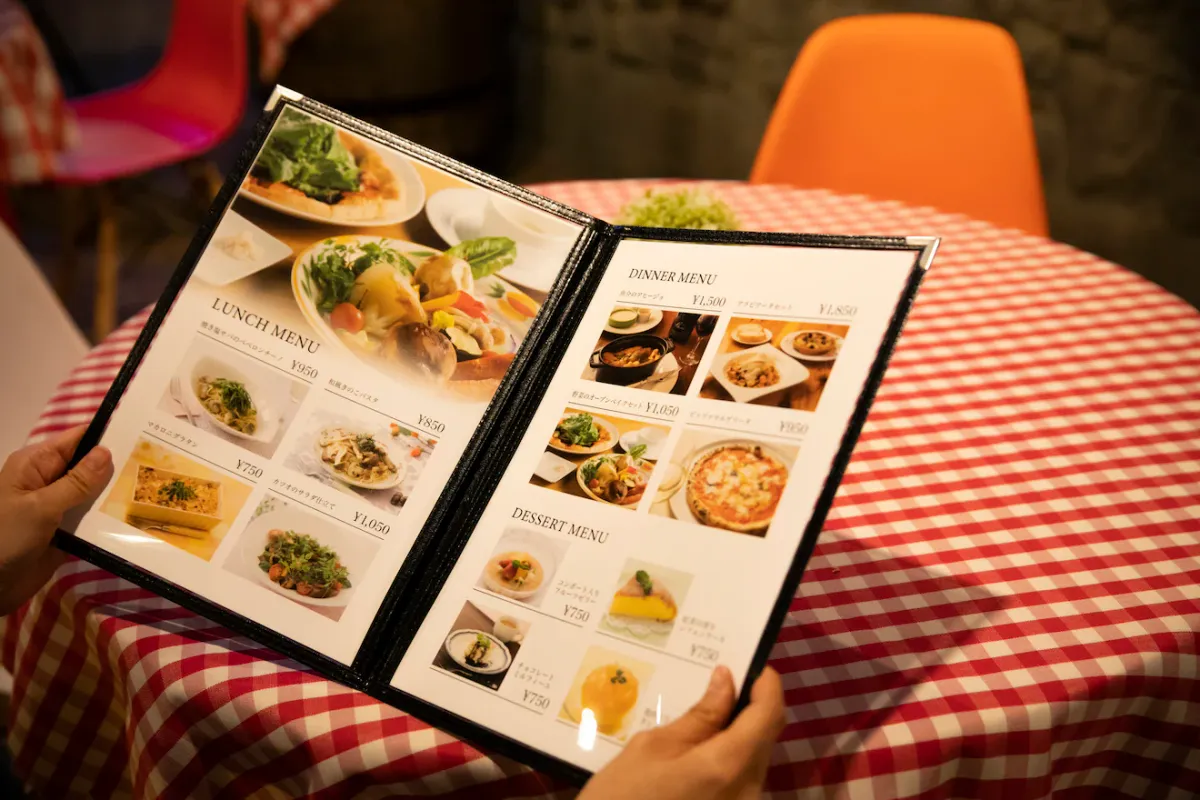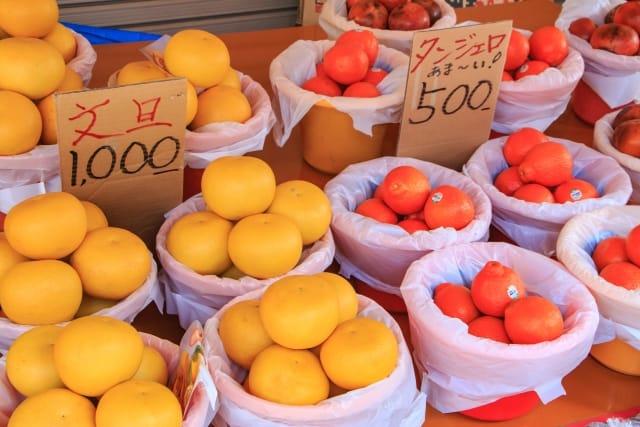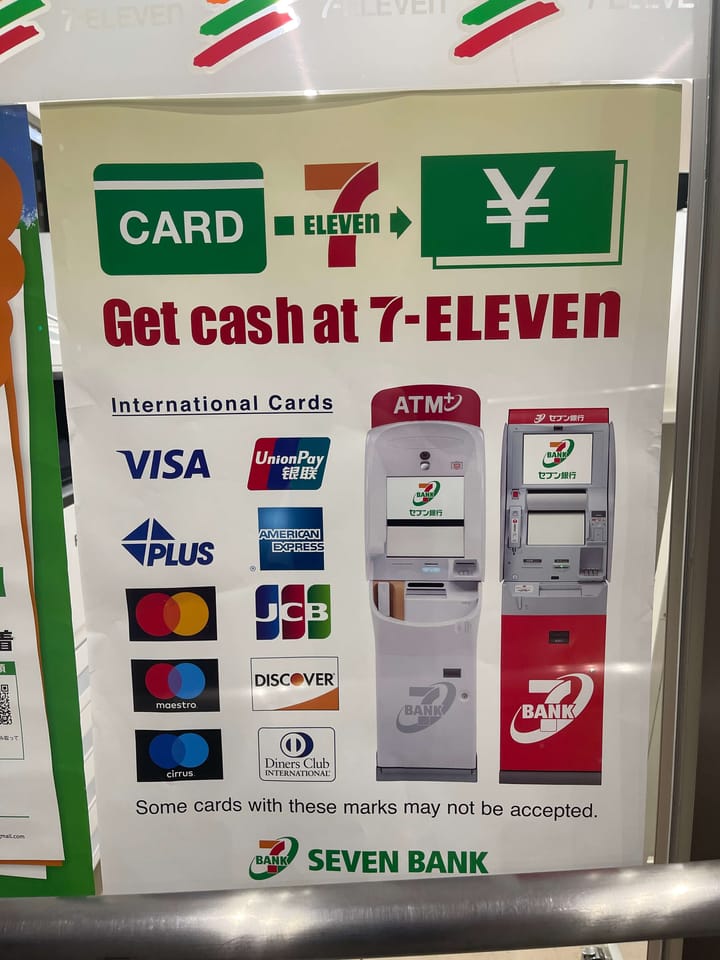Are taxes included in the displayed price when it comes to price tags in stores?
Uncover how Japan’s total price display law affects what you pay in stores and restaurants, and learn about hidden charges like the お通し fee.

General Answer
In Japan, a 2021 revision to the law mandates tax-inclusive pricing on retail tags, known as total price display. This means most shops are required to show the final price a customer will pay, including the consumption tax. However, you’ll still encounter some exceptions, such as restaurants or electronics stores, where the base price might be shown and then tax added separately. Overall, it’s usually clear when tax is or isn’t included.

My Opinion / Honest Answer
Personally, I find the consistent total price display convenient, especially in supermarkets and convenience stores. The tricky part is often additional fees in restaurants, such as service charges or late-night charges. Make sure to double-check any small print on menus or ask the staff. It’s common for izakayas to add an Otoshi (お通し:table charge), which can surprise newcomers if they aren’t expecting it.
A Local’s Real Perspective
While the rule clarifies price tags in most stores, many restaurants have their own fee structures. The Otoshi (お通し:table charge) system is practically a seat charge bundled with a small appetizer. It might feel unusual for first-time visitors to Japan, but it’s standard practice here.



Comments ()